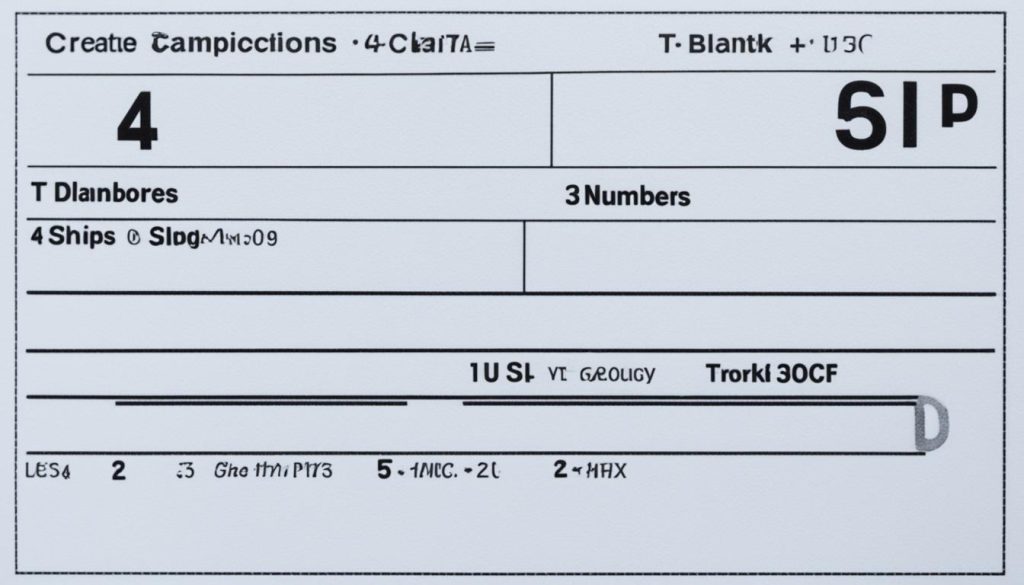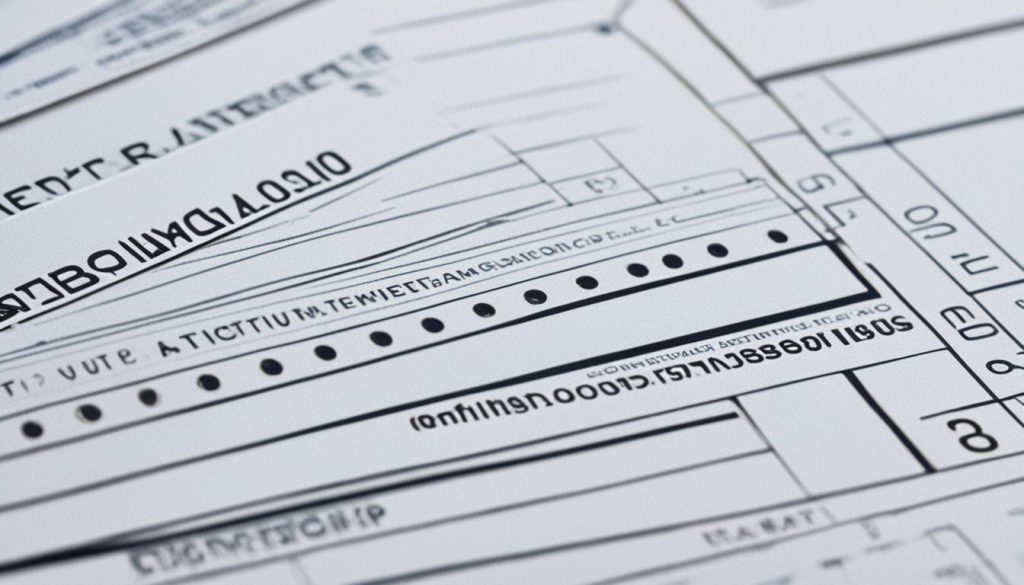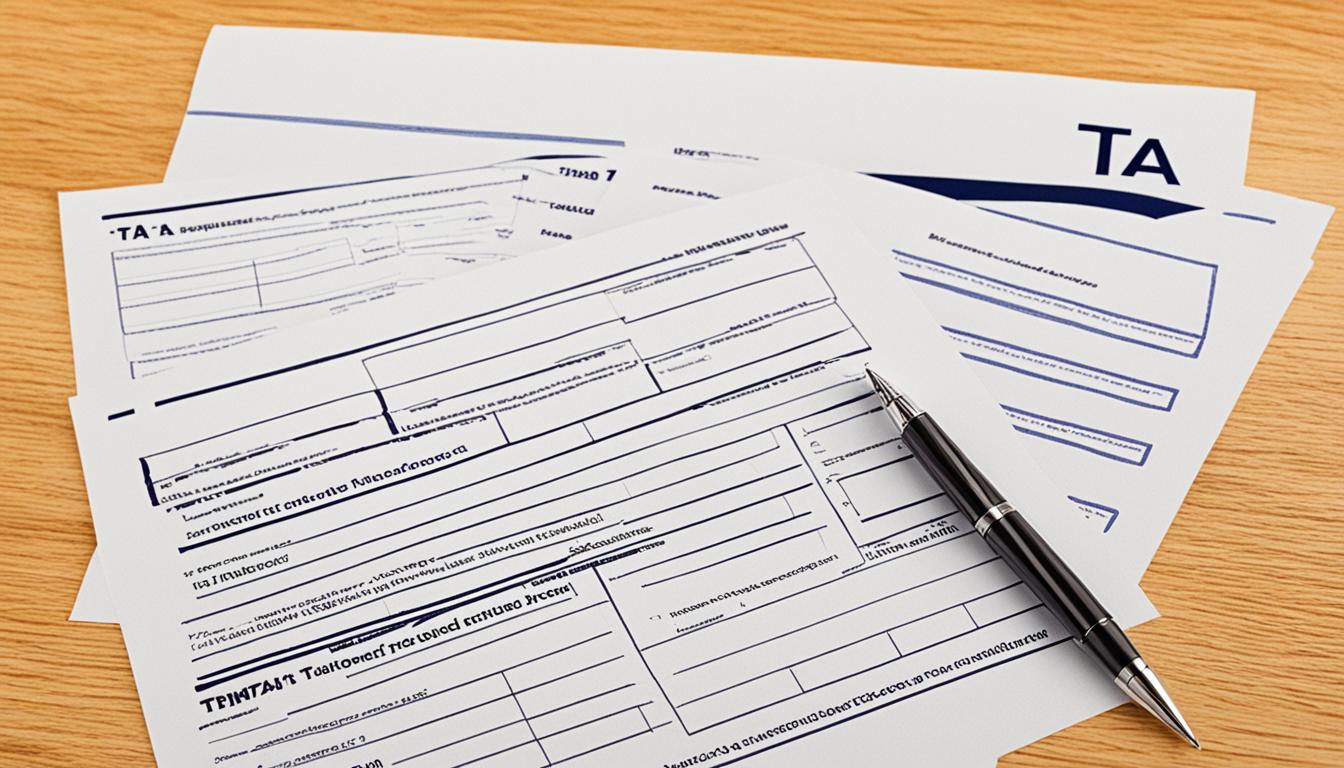Tax season can be a confusing time for many Canadians. From deciphering what all those acronyms mean to understanding which tax slip you need, it can feel like navigating a complex maze of forms and numbers. One tax slip that often causes confusion is the T4A. If you find yourself asking, “What is a T4A?”, or wondering “What’s the difference between a T4 and a T4A?” then you’ve come to the right place. In this guide to the Canadian tax slip, we’ll break down everything you need to know about the T4A, its purpose, and how it differs from the T4. So, let’s dive in and demystify this commonly misunderstood tax slip together!
Definition of a T4A Tax Slip
The T4A slip is a crucial document for Canadians, as it provides a comprehensive record of various types of income beyond traditional employment. This includes pension or superannuation payments, self-employed commissions, fees for services, annuities, and other types of payments that may not be included on a T4 slip.
Importance of Understanding T4A for Tax Filing
Understanding the information reported on the T4A slip is essential when filing your tax returns. The details provided, such as the types of income received and the amounts, are necessary for determining your total taxable income. Properly reporting the income on the T4A helps ensure that you pay the correct amount of tax and receive any eligible deductions or credits.
What is a T4A?
The T4A slip is used to report various types of income, including pension or superannuation, self-employed commissions, fees for services, annuities, and other types of payments that are not typically included on a T4 slip. It provides a comprehensive record of an individual’s income from sources beyond traditional employment.
1. T4A Slip Identifies Various Types of Income
The T4A slip is used to report various types of income, such as pension or superannuation payments, self-employed commissions, fees for services, annuities, and other types of payments that are not typically included on a T4 slip. It offers a comprehensive record of an individual’s income from sources beyond traditional employment.
2. Examples of Income Reported on a T4A
Some examples of the types of income that may be reported on a T4A slip include: pension or superannuation payments, Registered Education Savings Plan (RESP) educational assistance payments, self-employed commissions, lump-sum payments from unregistered plans, fees for services, and annuities.
3. Differences Between T4A and T4 Slips
The key difference between a T4A and a T4 slip is the type of income they report. A T4 slip is used to report employment income, while the T4A slip is used to report various other types of income, such as those mentioned above. Additionally, the T4 slip includes deductions for Canada Pension Plan (CPP) and Employment Insurance (EI), whereas the T4A does not.

When to Issue a T4A?
Payers, such as employers, trustees, estate executors, and administrators, are required to issue a T4A slip if they have deducted tax from any payment or if the total of all payments in the calendar year was more than $500 (under the Canada Revenue Agency administrative policy), with some exceptions.
1. Criteria for Issuing a T4A
The criteria for issuing a T4A slip include situations where the payer has deducted tax from a payment or if the total of all payments made in the calendar year exceeds $500. This administrative policy from the Canada Revenue Agency ensures that individuals receive a comprehensive record of their income from various sources beyond traditional employment.
2. Exceptions to Issuing a T4A
There are certain payments that are exempt from the requirement to issue a T4A slip, such as payments that are included on the exceptions list provided by the Canada Revenue Agency. These include certain types of payments that are not subject to tax deductions, allowing payers to avoid the administrative burden of issuing a T4A slip in specific circumstances.
What to Report on a T4A?
The T4A slip is used to report a variety of types of income, including pension or superannuation payments, self-employed commissions, fees for services , annuities, RESP educational assistance payments, and other types of payments that are not typically included on a T4 slip. These payments are essential for individuals to accurately report their taxable income when filing their tax returns.
1. Income Types to Include on a T4A
The T4A slip is designed to capture a wide range of income sources beyond traditional employment. Some examples of the income types that should be reported on the T4A include:
- Pension or superannuation payments
- Self-employed commissions
- Fees for services
- Annuities
- RESP educational assistance payments
- Other types of payments not typically included on a T4 slip
2. Income Types Not to Report on a T4A
It’s important to note that there are certain types of income that should not be reported on the T4A slip. These include:
- Payments made out of an Employee Benefit Plan (EBP) that are not payments of superannuation or pension benefits
- Amounts paid out of a Retirement Compensation Arrangement (RCA), which should be reported on a separate T4A-RCA slip

How to Fill Out a T4A?
The T4A slip is a crucial document for Canadian taxpayers, containing essential information for accurate tax filing. Ensuring the accurate completion of this form is crucial to avoid any discrepancies or issues during the tax reporting process.
1. Identification and Pre-numbered Boxes
The T4A slip includes various identification and pre-numbered boxes, such as the year, payer’s name, recipient’s name and address, social insurance number (SIN), and recipient’s program account number. These boxes must be filled out accurately to ensure the information is properly reported.
2. Reporting Pension or Superannuation Income
Pension or superannuation income is reported in box 16 of the T4A slip. This income should be entered on line 11500 of the individual’s tax return. If the pension income qualifies for the pension income amount, it may also be eligible for the pension income amount credit on the tax return.
3. Reporting Lump-Sum Payments
Lump-sum payments are reported in box 18 of the T4A slip. These payments should be entered on line 13000 of the individual’s tax return. Box 18 includes various types of lump-sum payments, such as those from a registered pension plan, an unregistered plan, and a deferred profit-sharing plan.

Special Considerations
For individuals who are registered, or entitled to be registered, under the Indian Act, certain types of income reported on the T4A slip may be tax-exempt. These include pension or superannuation income (code 146), lump-sum payments (code 148), and PRPP payments (code 195). These amounts should not be reported on the individual’s tax return.
1. Reporting Income for First Nations
Individuals who are registered, or entitled to be registered, under the Indian Act may have certain types of income reported on the T4A slip that are tax-exempt. This includes pension or superannuation income (code 146), lump-sum payments (code 148), and PRPP payments (code 195). These amounts should not be included on the individual’s tax return.
2. COVID-19 Financial Assistance Payments
Various COVID-19 financial assistance payments, such as the Canada Emergency Response Benefit (CERB), Canada Emergency Student Benefit (CESB), and provincial or territorial COVID-19 financial assistance payments, are reported on the T4A slip using specific codes (e.g., code 197 for CERB, code 198 for CESB, code 200 for provincial/territorial COVID-19 payments). These amounts should be reported on line 13000 of the individual’s tax return.

Common Codes Used on a T4A
The T4A slip includes a variety of codes in the “Other Information” section, which provide additional details about the types of income reported. Some common codes include:
- Code 016: Pension or superannuation
- Code 018: Lump-sum payments
- Code 020: Self-employed commissions
- Code 024: Annuities
- Code 028: Other income
- Code 040: RESP accumulated income payments
- Code 042: RESP educational assistance payments
- Codes 197-204: COVID-19 financial assistance payments
Conclusion
The T4A slip is an essential tax document for Canadians, providing a comprehensive record of various income sources beyond traditional employment. Understanding the information reported on the T4A, as well as properly filing it, is crucial for ensuring accurate tax reporting and maximizing potential deductions and credits.
By familiarizing themselves with the T4A slip and its various codes, Canadians can navigate the tax filing process more efficiently and confidently. The T4A slip covers a wide range of income types, from pension and superannuation payments to self-employed commissions and educational assistance, making it a valuable tool for Canadians to understand and utilize when filing their taxes.
Ultimately, the T4A slip serves as a crucial link between an individual’s income sources and their tax obligations, empowering Canadians to fulfill their tax responsibilities accurately and potentially uncover additional tax savings. With a thorough understanding of the T4A, Canadians can take control of their tax filing process and ensure they are meeting their obligations while maximizing their financial benefits.
FAQ
1. What is a T4A?
A T4A is a Canadian tax slip that reports income from various sources, such as pensions, retirement allowances, annuities, and other types of payments. It is used to determine an individual’s taxable income.
2. Does a T4A mean you owe money?
No, receiving a T4A does not necessarily mean you owe money. The T4A slip is used to report various types of income, which are then used to determine your taxable income and the amount of tax you may owe or be eligible for a refund.
3. Do I need to report T4A as income?
Yes, you need to report the income shown on the T4A slip as part of your total taxable income when filing your tax return. The T4A provides information necessary for accurate tax filing.
4. What’s the difference between a T4 and a T4A?
The main difference is that a T4 slip is used to report employment income, while a T4A slip is used to report various other types of income, such as pension or superannuation, self-employed commissions, fees for services, annuities, and other payments that are not typically included on a T4 slip.
5. Who should get a T4A?
Payers, such as employers, trustees, estate executors, and administrators, are required to issue a T4A slip if they have deducted tax from any payment or if the total of all payments in the calendar year was more than $500 (under the Canada Revenue Agency administrative policy), with some exceptions.
6. What is the T4A summary?
The T4A summary is the annual reconciliation document that payers must file with the Canada Revenue Agency to report the total amounts paid and taxes deducted for all the T4A slips they have issued during the calendar year.




